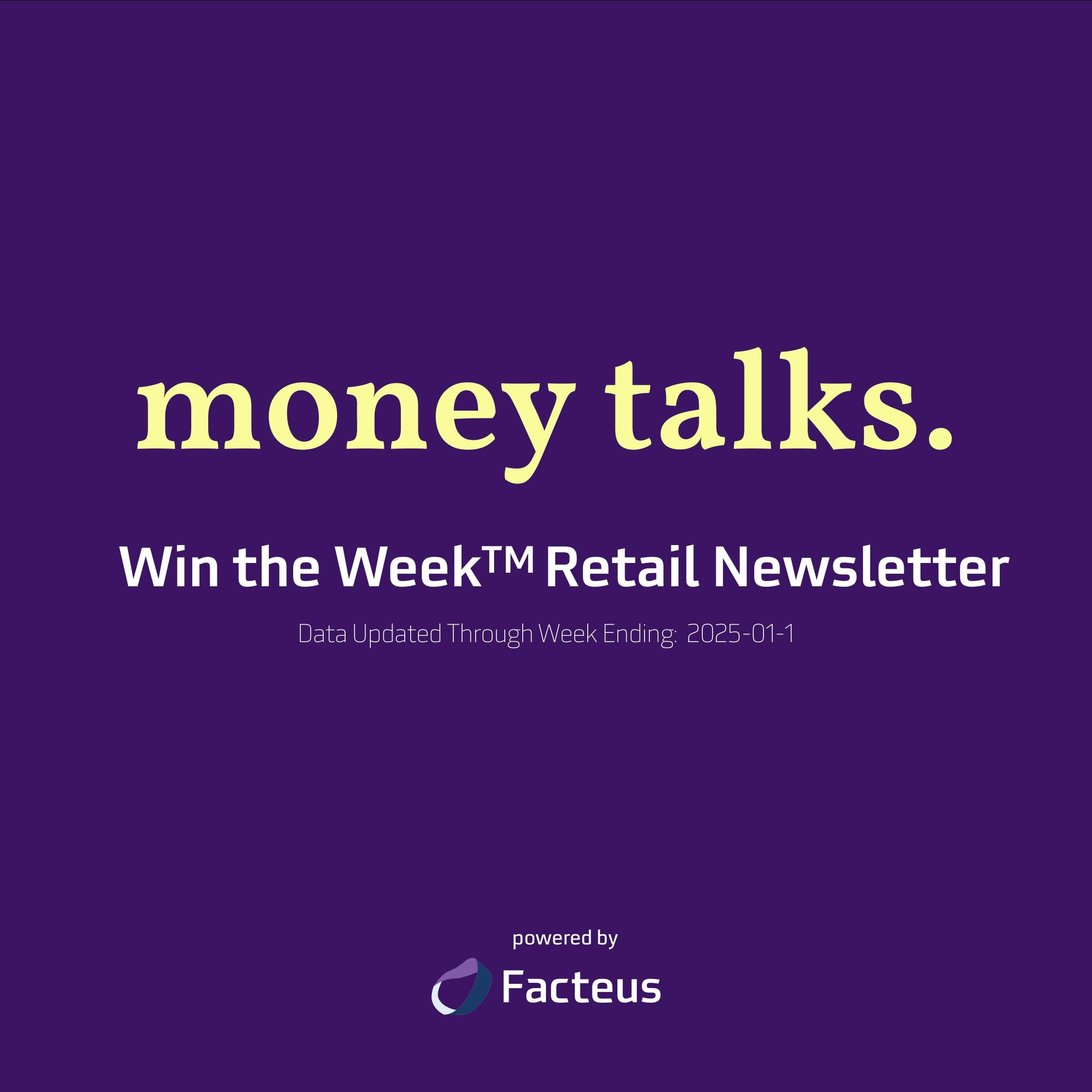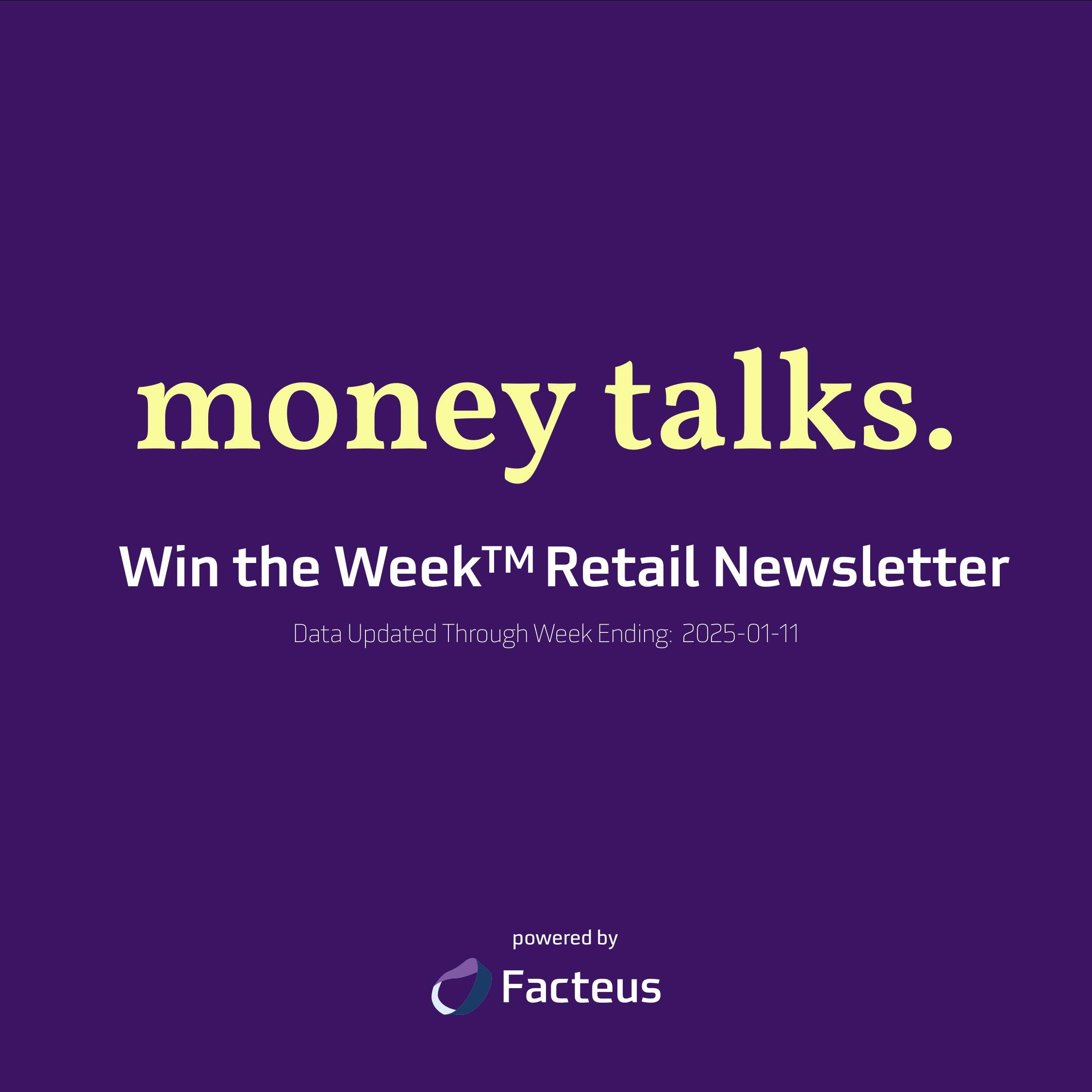2023 Amazon Prime Day Spending: Good, But Not Good Enough
Amazon's Prime Day fell short of expectations this year, the latest consumer transaction data shows. In fact, in addition to highlighting some important changes and trends in shopping and spending, this year’s data also held some insights about the state of Amazon itself.
2023 Amazon Prime Day Data at a Glance
Quantifying how sales fell short of forecasts this year, here’s a look at the numbers:
$12.7 billion in online sales
Up ~6% when compared to 2022 Prime Day sales
Despite that growth, projections pegged Amazon Prime Day sales to see gains of ~9.5% in 2023.
Why did sales and spending fall short?
There may be several factors at play, and here are a couple.
1. Inflation
Inflation has taken a toll on consumer spending, with many anticipating a recession just around the corner.
Still, many Amazon shoppers are higher earners who tend to not be strained as hard by inflationary pressures.
Plus, inflation has lightened up slightly and may not be at the forefront of shoppers’ minds on big spending holidays.
2. Amazon’s Growing Pains
As Amazon attempts to evolve into an exceptional retailer, it has increasingly relied on tech, innovation, and artificial intelligence (AI).
Think AI personal shoppers and exclusive deals for Prime members.
Despite those and other offers, consumers didn’t overreach what they’ve traditionally spent on Prime. In fact, substantial consumer spending was focused on smaller, low-ticket items — like cat treats and IV drink packets — rather than high-priced, big-ticket items.
What else may have been at play during the 2023 Amazon Prime Day shopping season?






